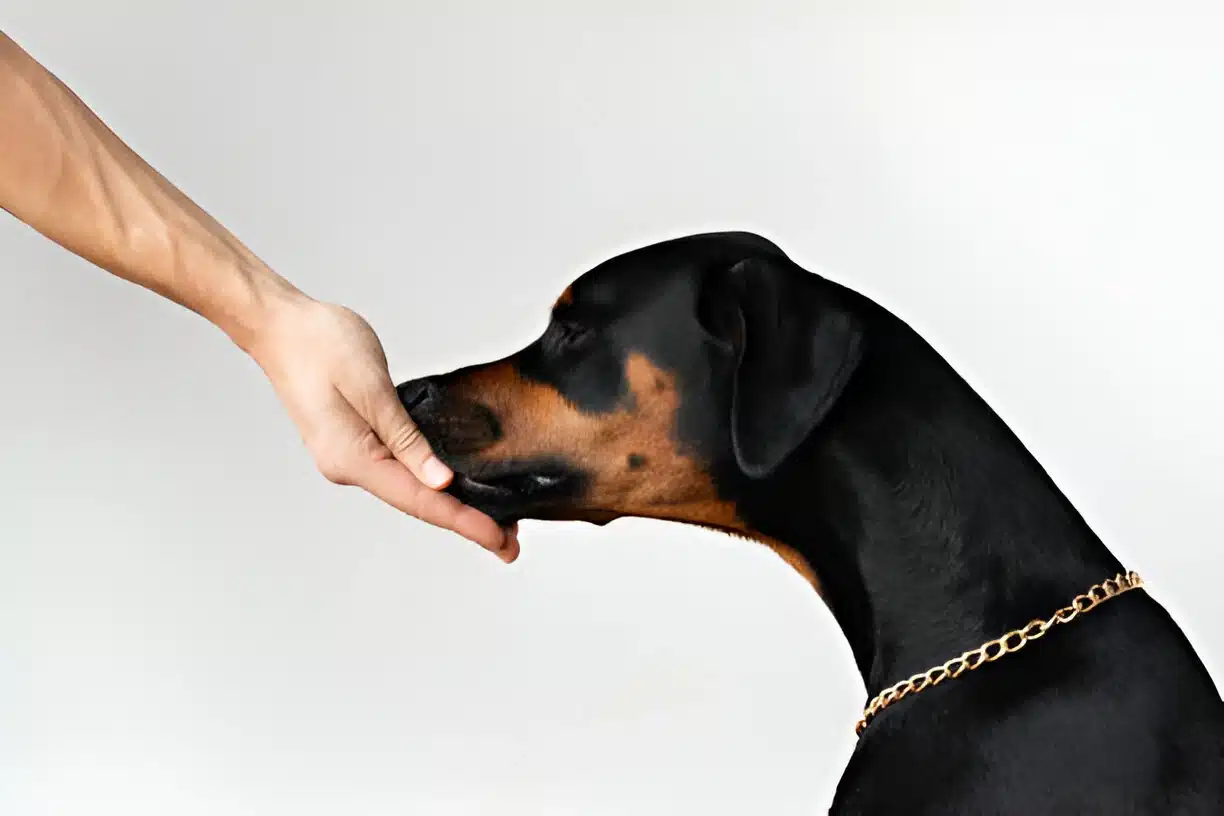Have you ever wondered why your furry friend wags their tail with uncontainable joy the moment they hear your voice? Is there some magic in how they never fail to recognize you, no matter how long it’s been? How do dogs remember us—our face, our scent, our presence?
As I watch my dog sniff around the garden, gleefully unearthing a bone buried days ago, I can’t help but marvel: just how sharp is a dog’s memory? And why do they sometimes seem to forget things that happened just minutes ago?
If you’re curious about how dogs remember their people, you’re in the right place. Let’s dive into the fascinating world of canine memory to uncover how much our pets truly remember—and why.
Along the way, we’ll explore the science, debunk myths, and share tips to strengthen your dog’s memory.
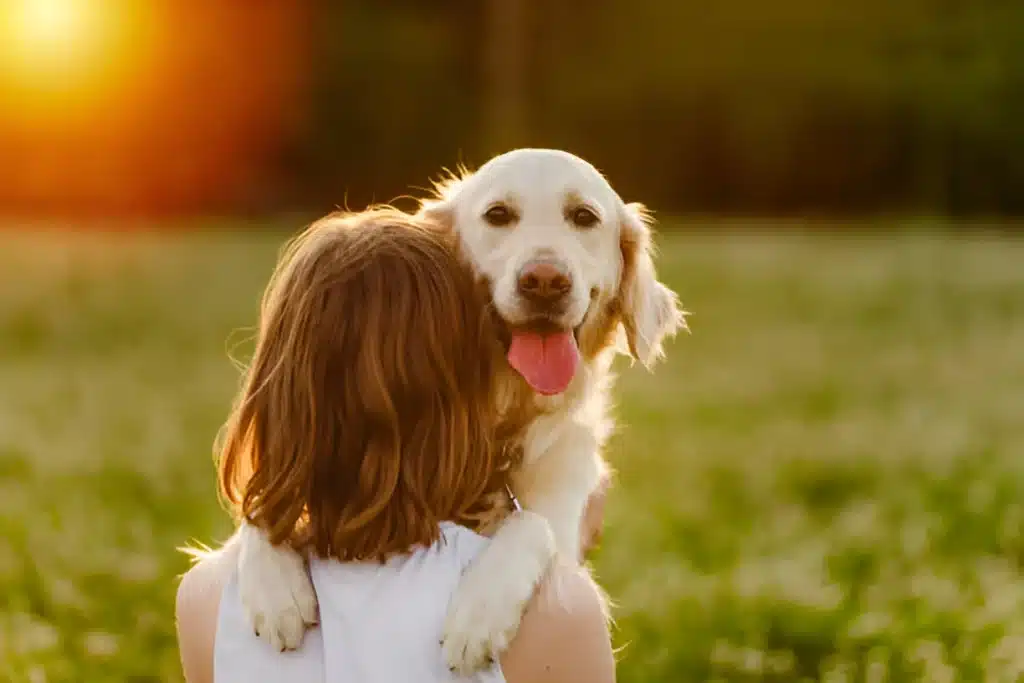
Will My Dog Remember Me?
It’s a question that tugs at the heart of every pet parent, especially when leaving their furry friend for days, weeks, or longer.
The good news? Yes, your dog remembers you. Dogs have a remarkable associative memory, linking people to experiences like getting treats, playing fetch, or snuggling on the couch.
Your dog doesn’t just recall your face—they remember your scent, voice, touch, and the joyful moments tied to you. Even after time apart, their memory holds onto what matters most: you.
But how does this memory work? The dog’s brain, particularly the hippocampus (involved in memory formation and storage) and the olfactory bulb (which processes scents), plays a key role.
This is why your dog can recognize you instantly after smelling your jacket, even months later.

The Nose Knows: How Scent Powers Memory
A dog’s sense of smell is truly their superpower. While humans have about 5 million scent receptors, dogs can have up to 300 million, depending on the breed. Their nose is 10,000 to 100,000 times more sensitive than ours! Your dog can detect your unique scent on clothes, objects, or even in the air long after you’ve left.
This is how search-and-rescue dogs track missing people using just a trace of their scent.
Your scent isn’t just familiar to your dog—it’s comforting, unforgettable, and tied to memories of love and safety. But scent isn’t the only way dogs remember.
They also rely on auditory cues, like the pitch of your voice, and visual cues, like your posture or gestures, to recognize you.
Beyond Scent: Associative and Episodic Memory
A dog’s associative memory is like a mental scrapbook, connecting scents, sounds, and sights to emotions or experiences. For example, the jingle of your keys might trigger excitement for a walk. This memory is powerful but not always instant.
If you’ve been away for a while or changed your appearance (new haircut, anyone?), your dog might need a moment to catch your scent or hear your voice before their tail-wagging recognition kicks in.
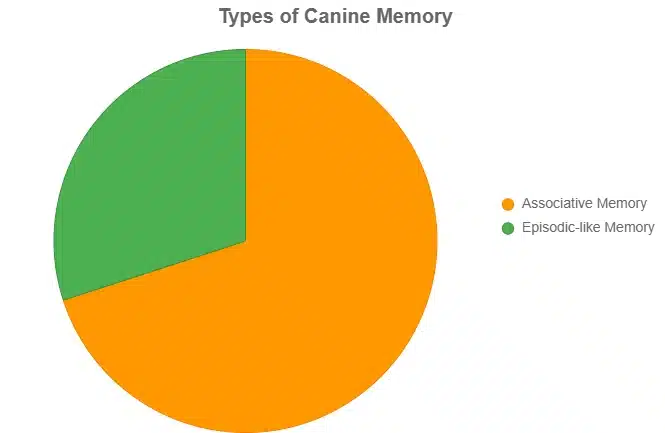
Recent research suggests dogs may also have episodic-like memory, the ability to recall specific events. A 2016 study by Claudia Fugazza found that dogs could remember and mimic actions they saw up to an hour earlier, hinting that their memory goes beyond simple associations.
So, your dog might not just remember that you give treats—they might recall the time you played fetch in the park last week.
Do Dogs Remember Their Parents and Siblings?
Just like they remember their owners, dogs can recall their biological parents and littermates, but it depends on timing and exposure. Puppies are typically separated from their family around 8 weeks old. Early experiences shape their memory, but these can fade without reinforcement.
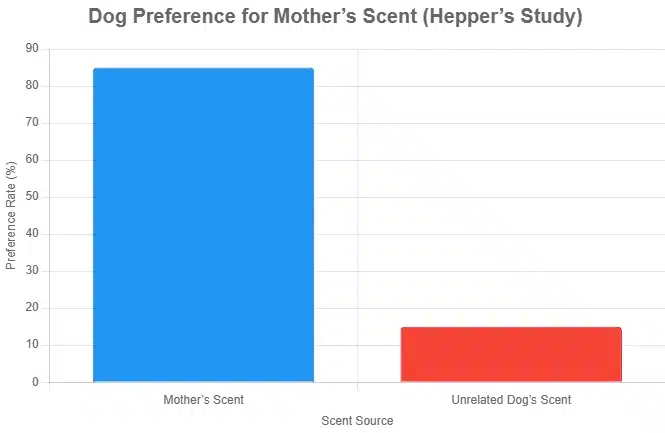
A study by Dr. Peter Hepper at Queen’s University in Belfast showed that dogs can recognize their mother’s scent up to two years after separation. In the experiment, puppies were presented with scent samples from their mother and an unrelated female dog. Most preferred their mother’s scent, even months later.
If a dog reunites with their mom or siblings, they may show familiarity through sniffing, wagging, or calm interaction. However, the strength of this memory depends on how young they were when separated and whether they’ve reconnected.
Breed differences also play a role; for example, working breeds like Border Collies or German Shepherds may have sharper memory for relationships and tasks due to their cognitive demands.
How Sharp Are They? Dogs and Spatial Memory
Dogs also excel at remembering locations, especially their home. They create mental maps using:
-
Scent Trails: Dogs follow scent “breadcrumbs” left on bushes, sidewalks, or buildings.
-
Landmarks: Visual cues like trees, gates, or parked cars guide them.
-
Routine & Repetition: Daily walks strengthen their memory of routes.
-
Magnetic Sense: Some studies suggest dogs use Earth’s magnetic field as a natural GPS.
This spatial memory explains why dogs rarely get lost on familiar routes and why they can find that buried bone days later. However, their short-term memory is less robust, lasting only a few minutes for some tasks.
This is why your dog might forget where they dropped a toy but never forgets the sound of your car.
Memory Challenges in Dogs
Why Do Some Dogs Seem to Forget Training?
Some dogs appear to forget training due to inconsistent reinforcement or distractions. If a dog is not regularly rewarded for their behavior, or if they experience stress during training, they may struggle to remember or perform learned actions.
Can Trauma Affect a Dog’s Ability to Remember?
Trauma can influence a dog’s memory, often leading to strong emotional associations that cause fear-based reactions. Dogs that experience traumatic events may suppress memories related to them or develop negative responses to certain situations.
Memory Limitations and Canine Cognitive Dysfunction
While dogs excel at long-term associative memory, their short-term memory has limits. They may struggle to recall events from minutes ago unless tied to strong cues like a treat or a command. Age, breed, and health also affect memory.
Older dogs may develop Canine Cognitive Dysfunction (CCD), a condition similar to Alzheimer’s in humans, causing memory loss, confusion, or altered sleep patterns. Signs include forgetting familiar commands or getting lost in familiar places.
If you suspect CCD, consult a vet. Early intervention, like diet changes or mental stimulation, can slow its progression. Regular training and scent games can also keep your dog’s memory sharp as they age.
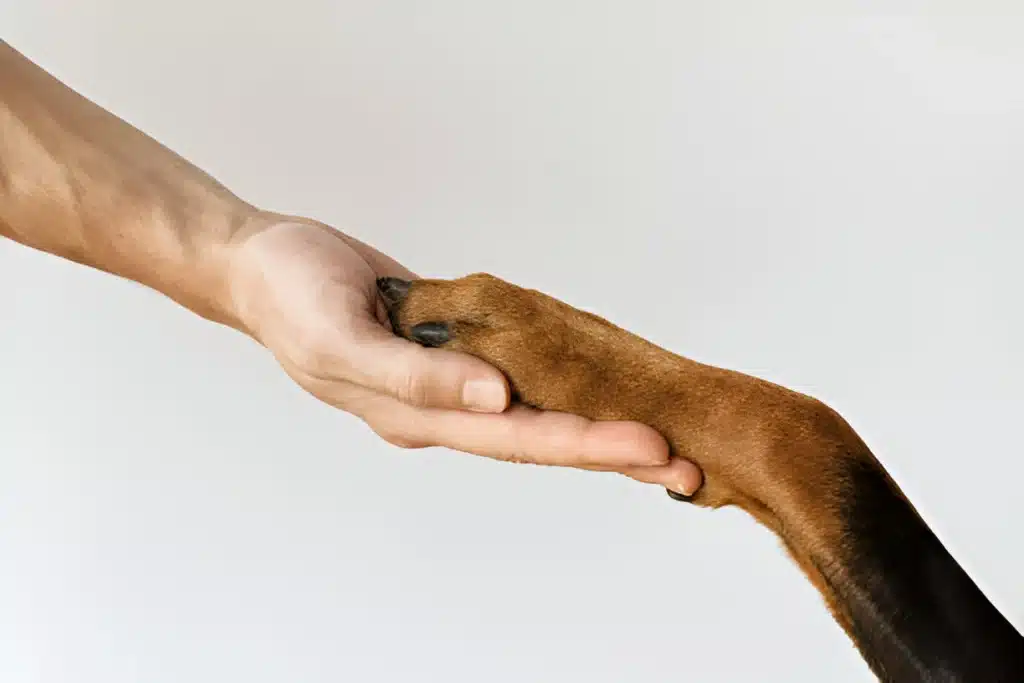
Practical Tips to Boost Your Dog’s Memory
Want to strengthen your dog’s memory or make absences easier? Try these:
-
Scent Games: Hide treats around the house to engage their nose and brain.
-
Consistent Routines: Regular walks or feeding times reinforce memory.
-
Training Practice: Teach new commands to keep their mind active.
-
Leave Familiar Items: During absences, leave a worn shirt with your scent for comfort.
-
Monitor Health: If your dog seems confused or forgetful, check for CCD or other issues.
These activities not only boost memory but also deepen your bond, making those tail-wagging reunions even sweeter.
Paw-some Memory Facts
-
Here are some fascinating insights into canine memory:
Fact Type Detail Kindness Recall Studies show dogs recall who treated them well—and who didn’t—adjusting their behavior accordingly. Dreaming of You Harvard researchers suggest dogs dream about daily experiences, like playing with you. Word Wizards A Border Collie named Chaser learned over 1,000 toy names, showcasing remarkable vocabulary prowess. Emotional Memory Positive interactions trigger oxytocin release, strengthening their memory of you. Time Perception Research by Alexandra Horowitz suggests dogs may estimate time by how much your scent fades. Selective Memory Dogs may ignore commands without rewards, not because they forgot, but because they’re unmotivated. Breed Matters Working breeds often have sharper memory for tasks and relationships due to their cognitive demands.
Here’s how Chaser’s vocabulary compares to an average dog:
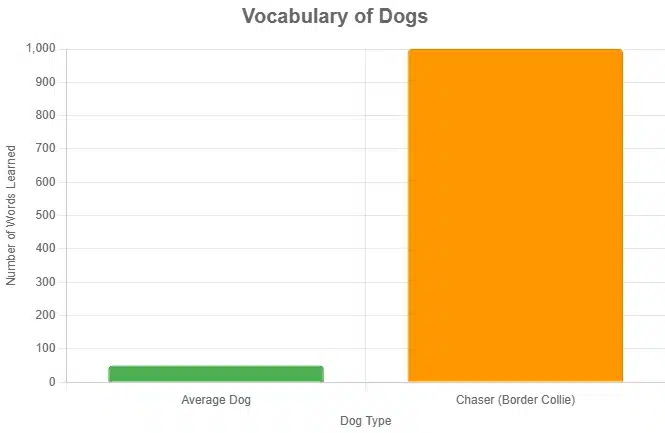
Conclusion
Your dog doesn’t just live with you—they cherish you, remember you, and carry you in their heart. From their powerful nose to their mental scrapbook of memories, dogs use scent, sound, and emotion to keep you close, no matter the distance.
So, the next time your pup greets you with a wagging tail and eager eyes, know it’s their way of saying, “I always remember you.” Try a scent game with your dog this week to test their memory, and share your results in the comments! How does your furry friend show they remember you?
